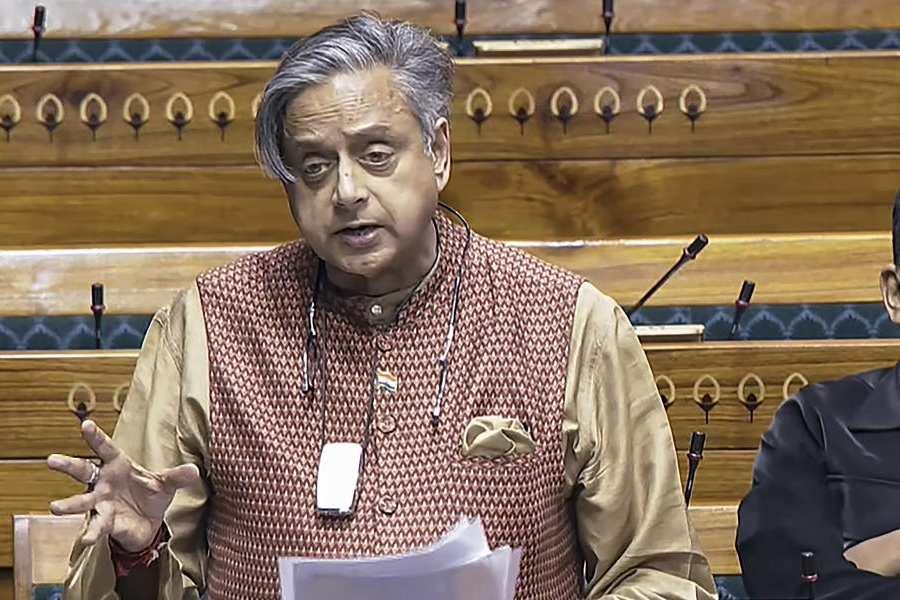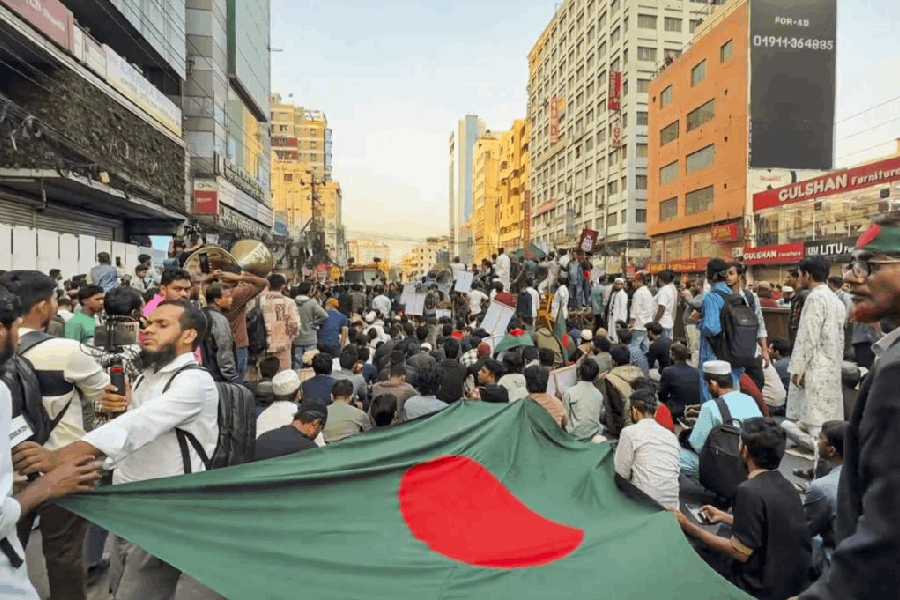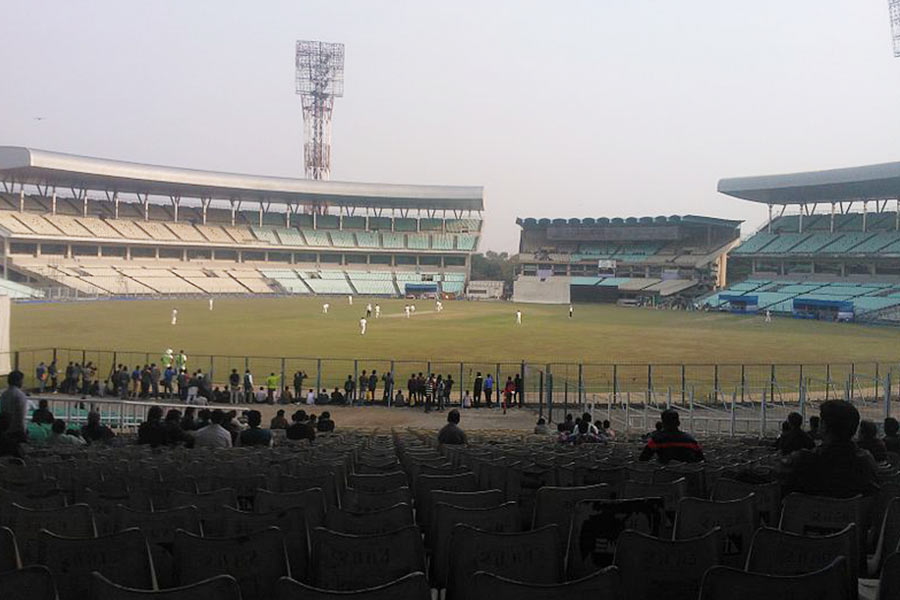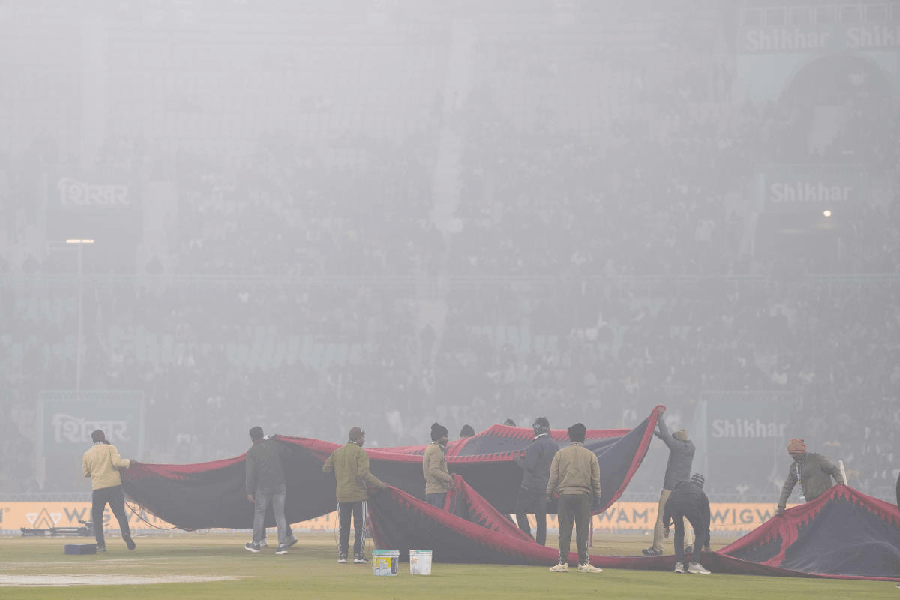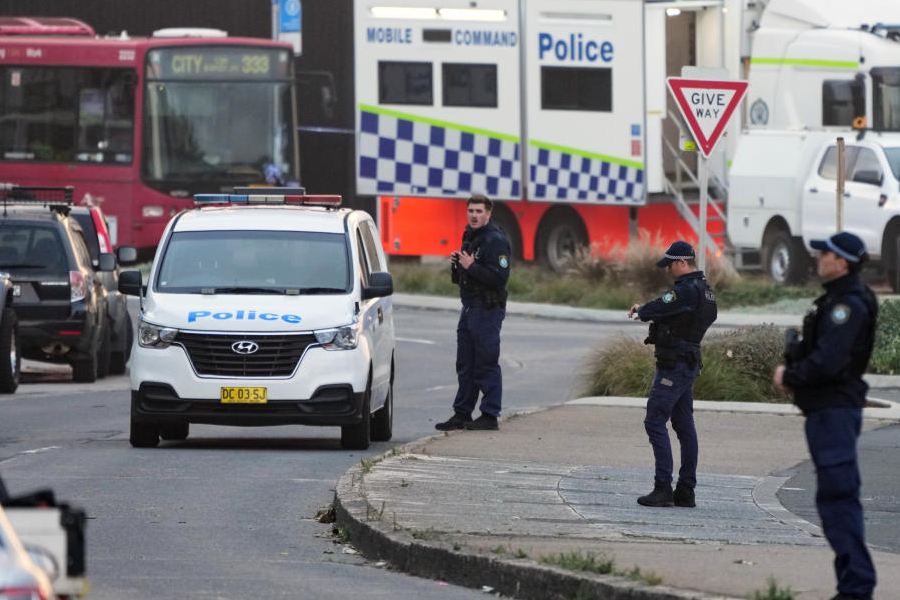 |
| Rock bottom: A teenager in Srinagar pelting stones at security forces |
In the spring of 2010 violence in Kashmir, having touched a 20-year low the year before, began to rise once again. Day after day, young men, often teenagers, took to the streets to hurl stones at security forces. The police and paramilitaries often countered the stones with bullets. In the streets of Srinagar and in small, hardscrabble towns like Sopore or Anantnag, tear gas filled the air as the wounded and sometimes the dying were carried away. In the rural areas, moving from house to house, were the armed militants, less numerous than for many years but nonetheless hopeful of exploiting the renewed mobilisation to gain recruits.
Violence in Kashmir had followed a trajectory. After an initial explosion of violence between 1988 and 1991, there had been a steady intensification through the early 1990s. As elsewhere, a clumsy reaction on the part of security services had led to appalling violence, continuing abuses by all sides, a collapsing local economy and terrible suffering among civilians. By the end of the decade, it was clear that the population was slowly but steadily turning away from militancy... By 2010, the local militants of the early 1990s were dead or in their forties, married and drinking coffee in newly opened Srinagar cafés. Active fighters, once more than 1,500 strong in ‘the Valley’, probably numbered no more than around 250.
Various factors had sparked the resurgence of violence. There was anger at stalled political processes, possibly interference from across the border and, in particular, the presence of large numbers of frustrated and under-employed youth. The key factor was the age of the teenagers out throwing stones at security forces. For them the dark days of the 1990s, when tens of thousands died in militant attacks, in crossfire, in torture chambers run by the army and the police, were little more than a childhood memory. They were prepared to contemplate a return to violence because they had forgotten what taking up arms had brought and because they felt the weight of expectations. ‘I grew up listening to stories of the struggle, of the heroes, of the mujahideen. I do not want to show myself less committed or less brave or less strong than they were,’ said Mehboob Lone, 19. The repeated shootings — each death led to a funeral and a demonstration where another youth was killed which thus meant another funeral — had created a momentum that was hard to stop. Mehraan, a 22-year-old shopkeeper and veteran of the protests, said he had started attacking security forces when his cousin was shot dead. He and his friends spent hours surfing Kashmir protest websites. Though few visited radical jihadi sites, those celebrating Palestinian protests or the words and works of well-known contemporary Islamic clerics were popular. For feeding the resentment was the same new social conservatism and interest in pan-Islamic identities seen elsewhere.
 |
The old, traditional Sufi-influenced strands of Islam in Kashmir had been ceding ground to newer, harsher, more rigorous, more intolerant and more politicised styles for many years. Though a broad rejection of al-Qaeda-inspired militancy was evident, the hero of the stone throwers was 81-year-old Syed Ali Shah Geelani, a reactionary political Islamist and the most uncompromising of the local leaders.
Through the spring and into the summer of 2010 the demonstrations continued with a death or two every week. Under the hail of broken bricks, the police retreated behind their barbed-wire barricades and concrete blast walls. Though their activity was limited to hurling stones, the step to using more lethal arms would clearly not be a difficult one for young Kashmiri men to take. When interviewed, they all echoed the implicit threats made by their political leaders, saying that they did not want to resort to armed violence, but that the possibility was always there if their demands, inchoate as they might have been, were not met.
Officials recognised the rhetoric for what it was but were alarmed nonetheless. ‘If there were weapons we’d have 10,000 militants,’ one senior police officer said. Intelligence reports described dozens of teenagers known for their involvement in demonstrations going underground to join the militants. In one village, as Indian army soldiers searched houses to catch a fugitive militant commander, men told the author of six or eight teenagers who had recently left their homes for the hills where the militants were thought to be based.
No one needed to be reminded what such volunteers could end up doing. In January, a series of suicidal attacks, the first for two years, had shaken Kashmir. They underlined three key lessons: how one generation can bequeath violence to another, how routes into activism vary and how militancy so often remains very localised. One of the militants who died was Mansoor Ahmed Bhat, a 19-year-old house painter. Bhat came from a modest farming family in the small village of Pett Sirr, an hour’s drive north of Srinagar. Over the previous 20 years at least two dozen men from Pett Sirr had joined militant groups. Bhat, his parents said, had never indicated any interest in following them, however.
As ever, it is almost impossible to find any one moment when Bhat, a ‘quiet young man’ who left school at 13 to work in the fields, began the journey that led to his violent death. His father believes the critical moment came in the summer of 2008, when Bhat participated in a demonstration during which six people were shot dead by local police. ‘That changed him,’ Bhat senior said. A few months later, his son told his parents he had got a job in Srinagar as a house painter and disappeared. The months passed, and his worried father reported the teenager missing. ‘The police came and raided us and searched everything and told us to call them if we had news,’ he said. Another six months went by. On January 3, 2010, his son walked through the door. He stayed a few hours, said little, ate and left again. ‘He told us nothing,’ Bhat’s mother remembered. Four days later, local police rang the family to say that their son was one of two armed militants who had attacked security forces in the centre of Srinagar with grenades and were now firing from the upper storeys of a hotel. They asked Ghulam Bhat to call his son on his mobile phone and talk him into surrender, but he refused, fearing some kind of trap. After a 22-hour siege, during which two policemen and a bystander were killed, Mansoor Bhat was shot dead. A month after the attack, in the bare living room of the home in Pett Sirr, a picture of Bhat lay wrapped in a green cloth on a shelf next to the Koran.


